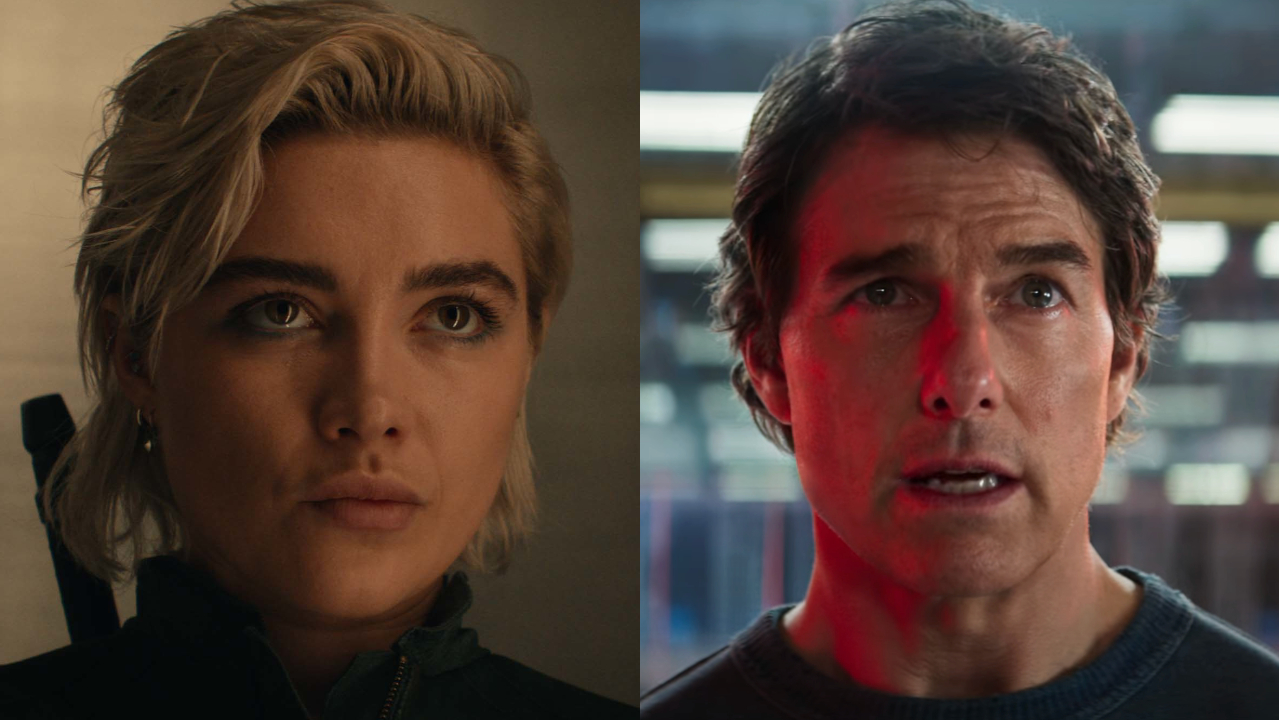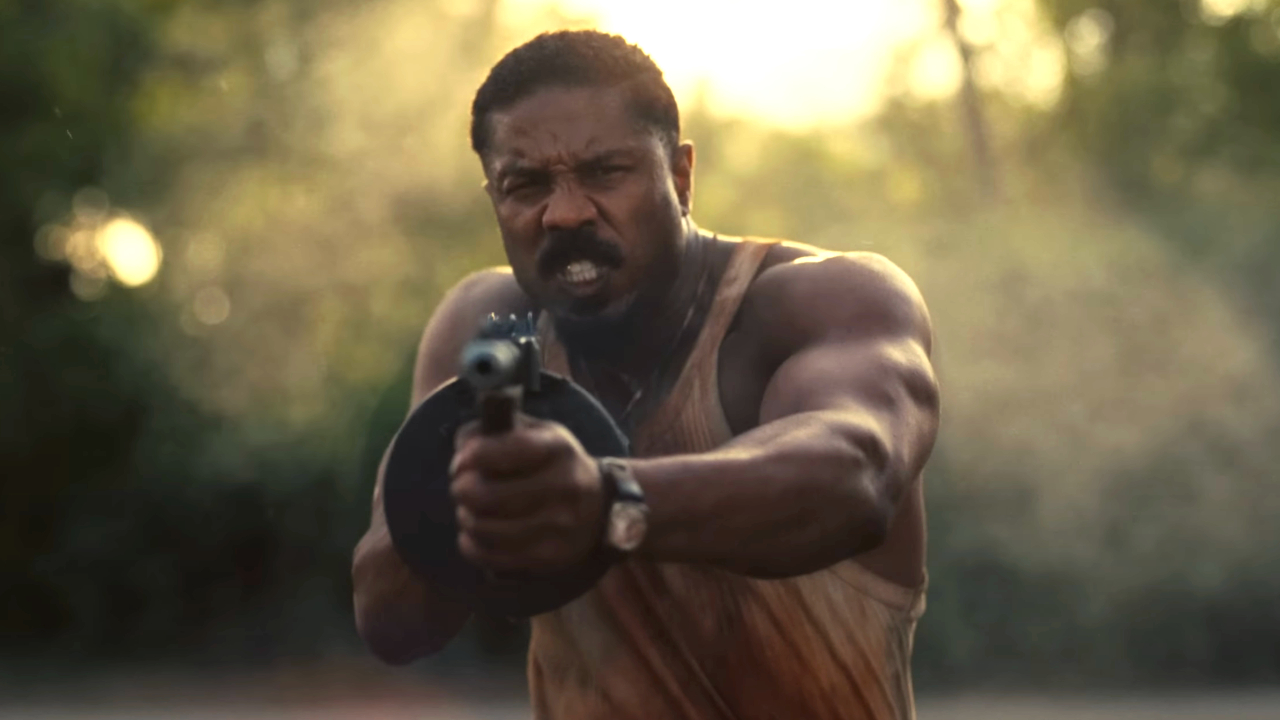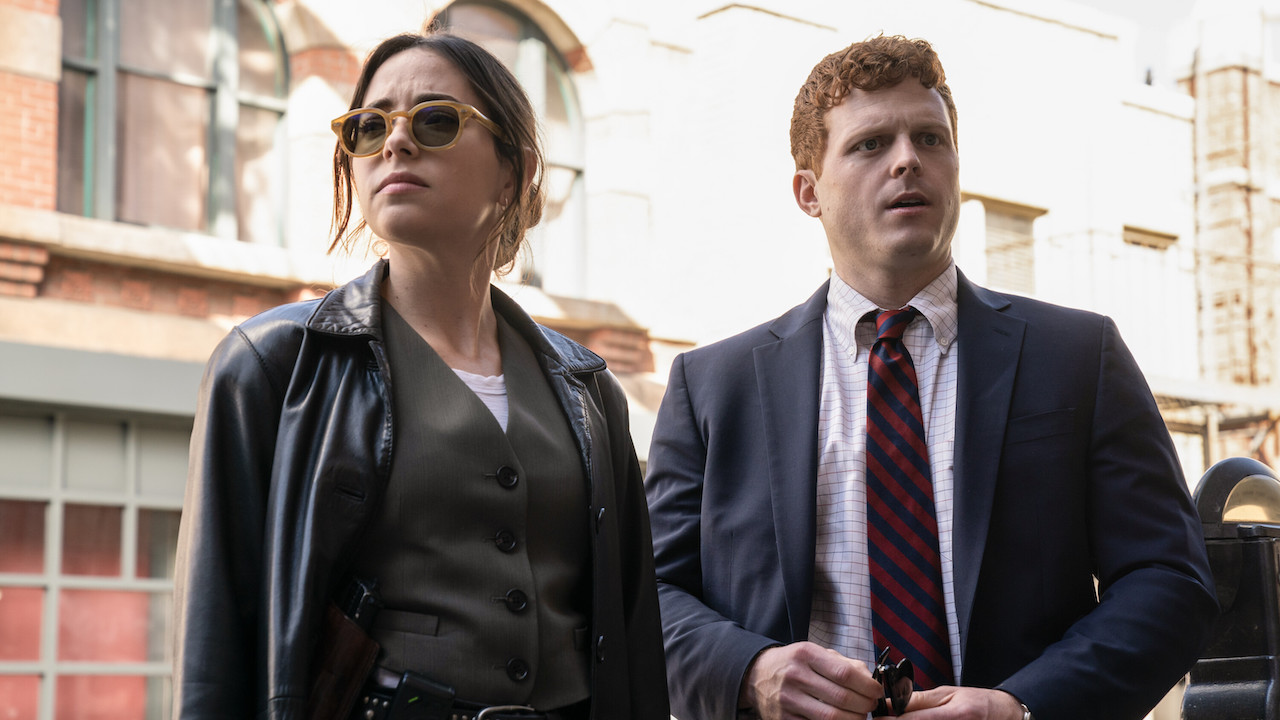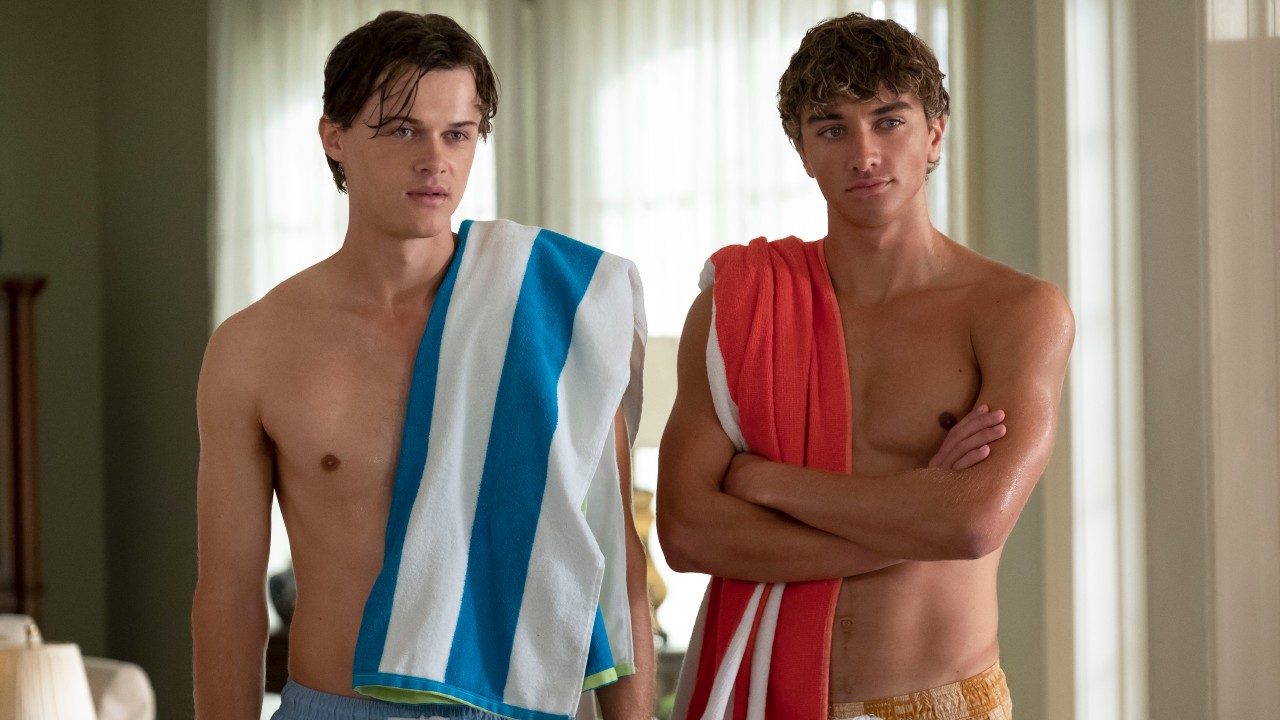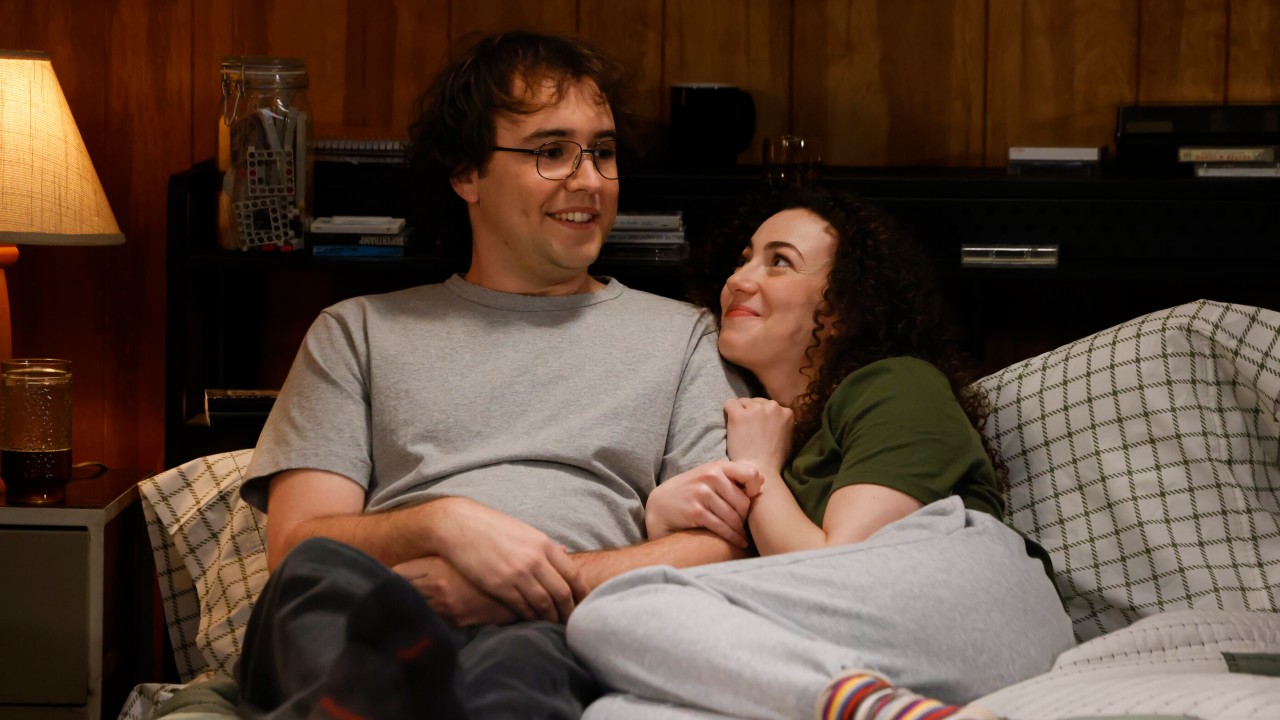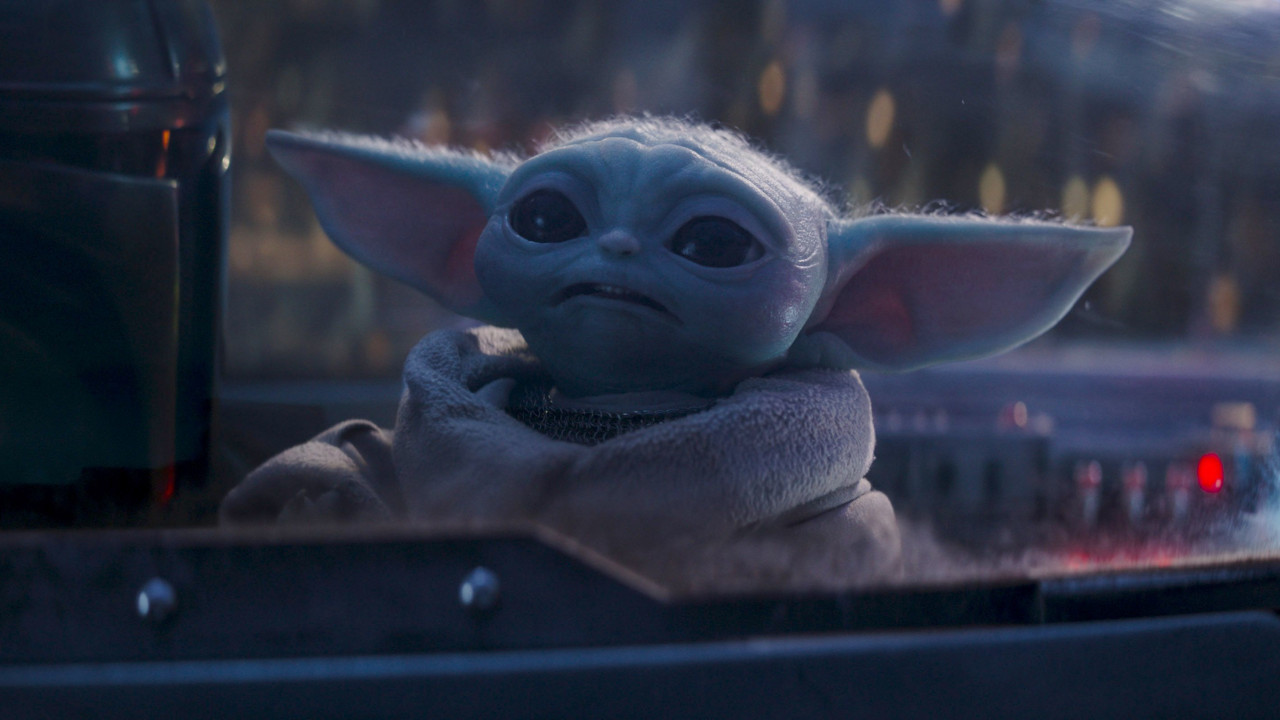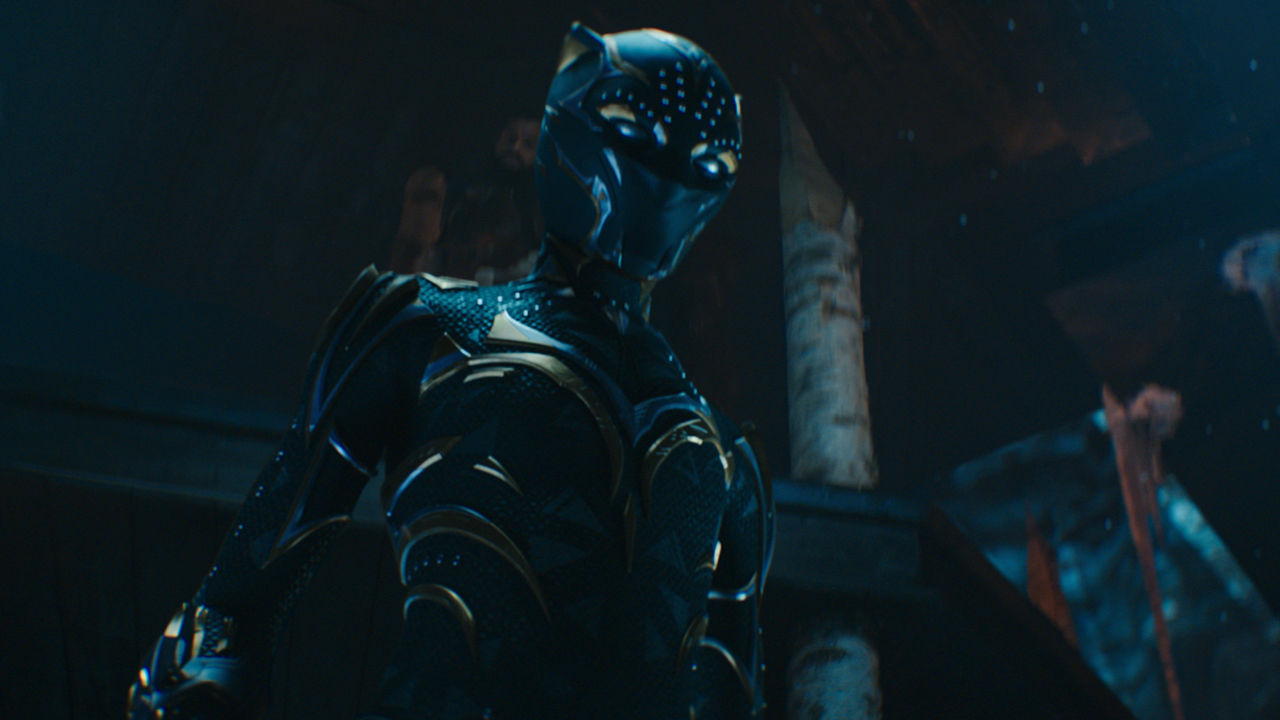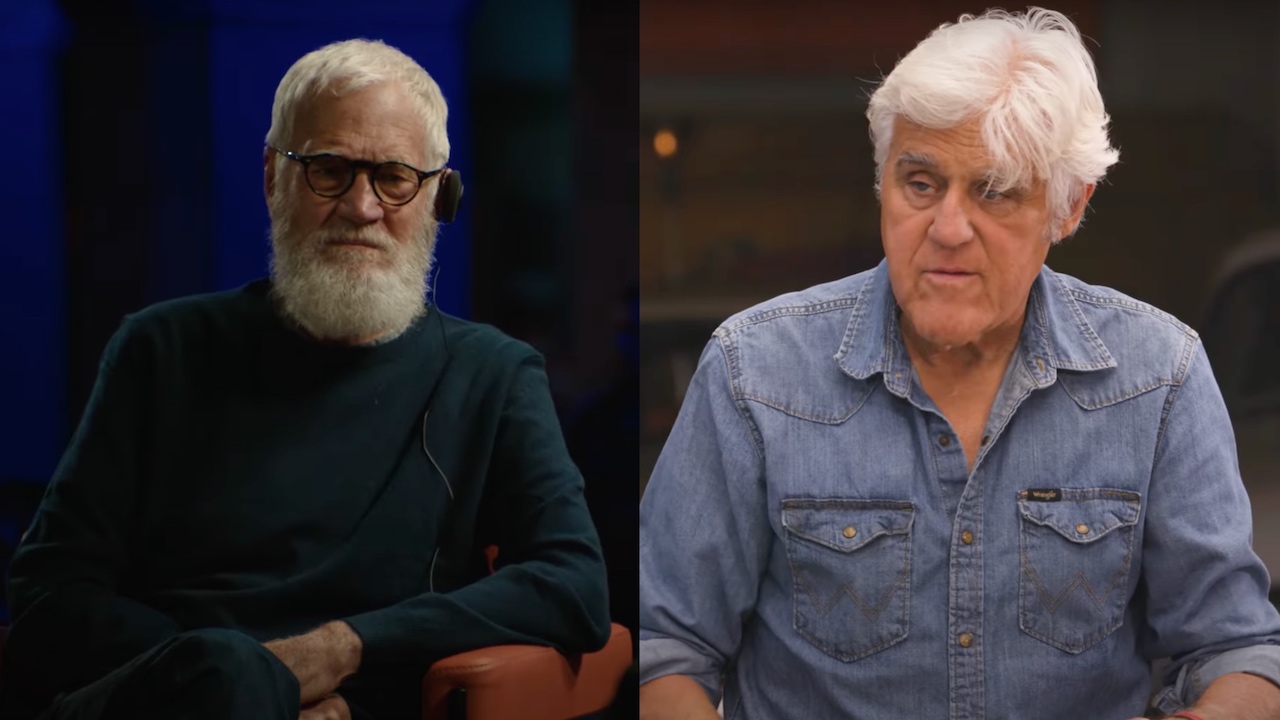To 3D Or Not To 3D: Should You Buy A Ticket To Beauty And The Beast?
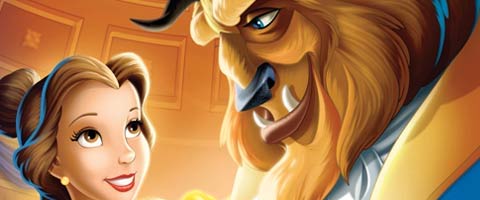
The Lion King 3D was easily one of the biggest surprises of last year. In addition to absolutely cleaning up at the box office, pulling in $94 million domestically during its limited run, it also happened to be some of the best 3D of the year. Following that success, Disney announced that they would be releasing a number of their classic films in 3D, and the next, Beauty and the Beast is due out this Friday.
But while seeing the 1991 modern classic in theaters again should be a real treat, how does the 3D work for the movie? Is it a total disaster or is it like The Lion King and actually a revelation? Read on below for our full 3D analysis.
Does It Fit?
Now that we’ve had years of 3D cinematic experiences, it’s safe to say that the world of animation has provided some of the best examples of the new technology’s utilization. From The Lion King 3D to Puss in Boots to Toy Story 3, the medium has provided us with some of the best looking 3D we’ve seen yet. Needless to say, this immediately delivers some points for Beauty and the Beast. While I can’t give it a perfect score, as CGI animated films tend to use 3D better, the new re-release from Disney has history on its side.
Fit Score: 4/5
Planning & Effort
Much like Lion King 3D this past fall, it’s hard to give Beauty and the Beastgreat scores in this category. The film was first released back in 1991, when 3D was only being used in theme park attractions. At no point during the production of the film were directors Gary Trousdale and Kirk Wise thinking that their film would ever be made into a 3D event. That said, it’s hard to deny the project all points, as Disney has been working on these conversions for a while now in order to insure that it’s used to its highest capability.
P&E Score: 3/5
Before the Window
CINEMABLEND NEWSLETTER
Your Daily Blend of Entertainment News
For Disney 3D re-releases, I have found a connection between this category and the above “Planning & Effort.” Having things on the screen fly out of the audience really requires premeditation and forethought, neither of which Beauty and the Beast really had. Unfortunately, the few opportunities that the film did offer the stereographers in the way of “Before The Window”, such as falling snow and blowing leaves, weren’t taken advantage of as much as they should have been.
Before the Window Score: 1/5
Beyond the Window
While it is more of a challenge to maximize on the “Before The Window” aspect when converting an older film, creating a sense of depth is where the 3D prospects truly lie and Beauty and the Beast utilizes it well. While not always perfect, there are particular scenes, namely the famous ballroom dance sequence, that are epic and beautiful in 3D. One of the biggest problems in this department, though, is that the hand-drawn animation occasionally ends up creating the dreaded “cardboard cutout” effect, where the characters look like they are made of paper standing against a dense background (which, in reality, actually isn’t that far from the truth).
Beyond the Window Score: 3/5
Brightness
I think Beauty and the Beast may end up creating a new rule for 3D movies: try and make one of the main characters in your story a light source. While the 3D glasses continue to be a pain in the ass and have the effect of wearing sunglasses in doors, the folks behind the re-released Disney film have done a great job compensating. The scenes that take place during the day are colorful and vibrant, while the night sequences completely lack the gloomy blurriness present in poorly made 3D movies. In this department Beauty and the Beast earns full marks.
Brightness Score: 5/5
The Glasses Off Test
3D glasses are incredibly annoying, but you can’t actually watch a 3D movie without them. The reason for this is being that a film that uses the technology correctly will be a blurry mess unless they are corrected by the lenses. What this means is that the more blurry a move looks with your glasses off, the better the 3D. In this area Beauty and the Beast performs quite well. While some scenes are better than others, for the most part the movie is completely unwatchable.
Glasses Off Test: 4/5
Audience Health
When filmmakers fail to do 3D right and fail to establish focal points for the audience to look at, the result can often be an audience full of nauseous, headache-y, annoyed people. I am happy to report that walking out of Beauty and the Beast I felt perfectly fine. While there are some dizzying moments in the movie, they have no substantial ill-effect and don’t detract from the movie watching experience.
Health Score: 5/5
| SCORES RECAP | |
| 3D Fit | 4 |
| P&E | 3 |
| Before The Window | 1 |
| Beyond The Window | 3 |
| Brightness | 5 |
| The Glasses Off Test | 4 |
| Audience Health | 5 |
| Total Score | 25 (out of a possible 35) |
Final Verdict: While The Lion King had some of the best 3D from all of last year, Beauty and the Beast, unfortunately, doesn’t have the same effect. Still, the 3D is far from bad, so it’s no reason to completely avoid the experience. After all, how many times are you going to get to see Beauty and the Beast on the big screen. Hopefully Disney will rebound when Finding Nemo 3D is released later this year.
This poll is no longer available.
For more 3D analysis, visit our To 3D Or Not To 3D archive right here.

Eric Eisenberg is the Assistant Managing Editor at CinemaBlend. After graduating Boston University and earning a bachelor’s degree in journalism, he took a part-time job as a staff writer for CinemaBlend, and after six months was offered the opportunity to move to Los Angeles and take on a newly created West Coast Editor position. Over a decade later, he's continuing to advance his interests and expertise. In addition to conducting filmmaker interviews and contributing to the news and feature content of the site, Eric also oversees the Movie Reviews section, writes the the weekend box office report (published Sundays), and is the site's resident Stephen King expert. He has two King-related columns.
